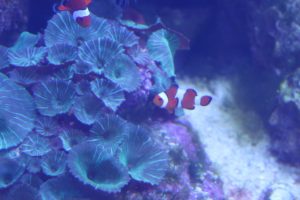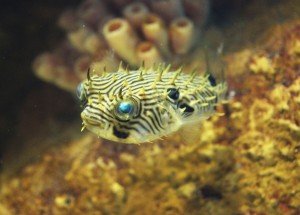Exploring Similarities, Celebrating Differences: Amphibians and Reptiles
Once upon a time, reptiles and amphibians were classified together as one family. Scientists believe that reptiles evolved from their relative amphibians about 50 million years ago.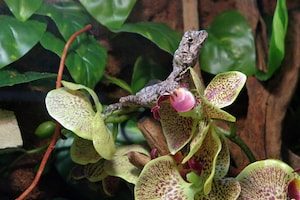
Today it still can be difficult to identify all of the differences between reptiles and amphibians. They definitely have traits they share. For example, they are both ectothermic, or cold-blooded animals, meaning their body temperature relies on the temperature of their habitat. Reptiles and amphibians also are both vertebrate animals, meaning they have backbones. Reptiles and amphibians also both have excellent eyesight that helps them hunt prey.
Reptiles and amphibians use many common defense mechanisms. Some species of both reptiles and amphibians have the ability to change the color of their skin in order to camouflage in their habitat. Another major defense tactic used by reptiles and amphibians is what scientists call mimicry. Copycat species, some reptiles and amphibians, mimic the bright colors of venomous or poisonous species to ward off predators.
While they clearly have a lot in common, there are some major differences.
All reptiles breathe through their lungs. Turtles are reptiles and some turtles have the additional ability to absorb and dispel gas when underwater during their brumation, or hibernation state. Reptiles also typically have dry, scaly and water-tight skin that offers protection. Reptiles with softer skin are usually equipped with another defense – like the hard shell of a turtle or the spines of a lizard. Reptiles do not live solely in water but normally need to live close to a constant water source.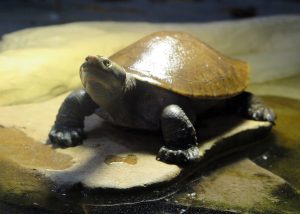
In addition to breathing through lungs, amphibians can breathe through gills, or through their smooth, moist skin. This is what scientists call cutaneous respiration and amphibians are some of the only animals on the planet that have this ability! This allows for amphibians to live in water for extended periods of time. Some amphibians begin their lives in water and then move to land. Frogs are amphibians that start as tadpoles, completely submerged in water and breathing through their gills, and then move to land as adults once their lungs are fully developed.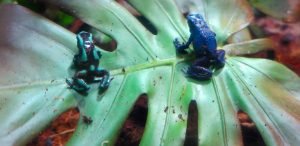
While reptiles and amphibians share similarities they have distinct points of differentiation that make them unique. Scientists estimate there are about 8,000 species of reptiles and around 6,000 species of amphibians, and we will continue to learn more about what sets them apart as we continue to study these species.
– Elise

